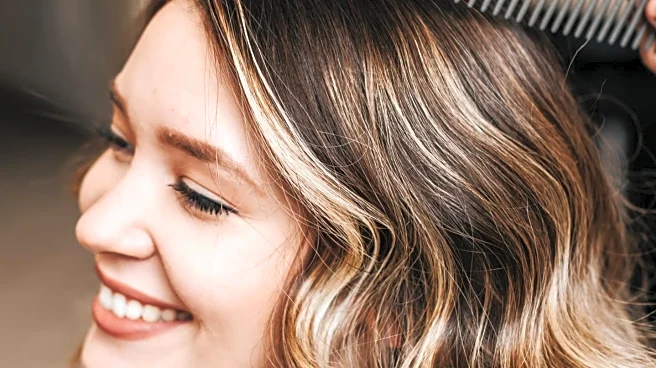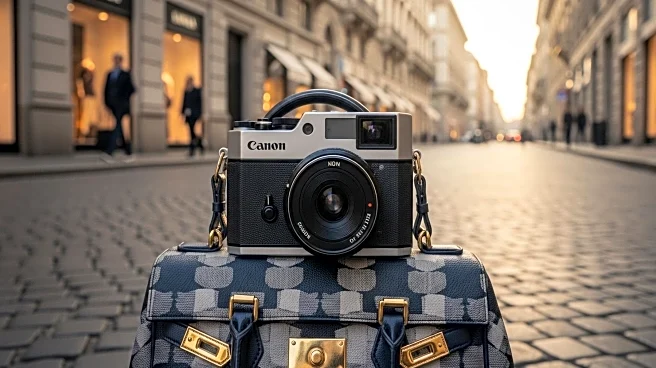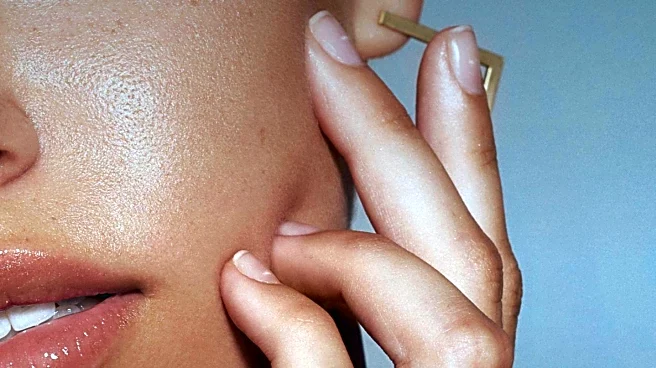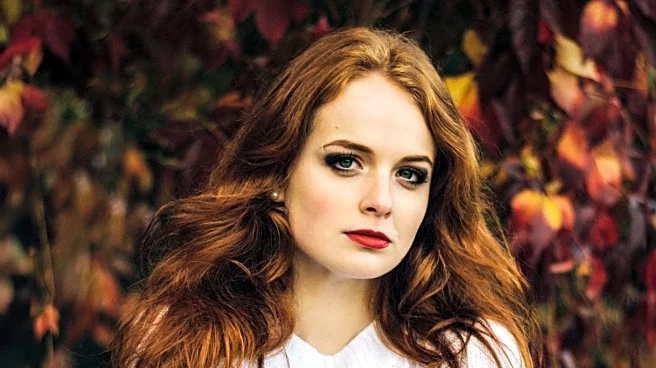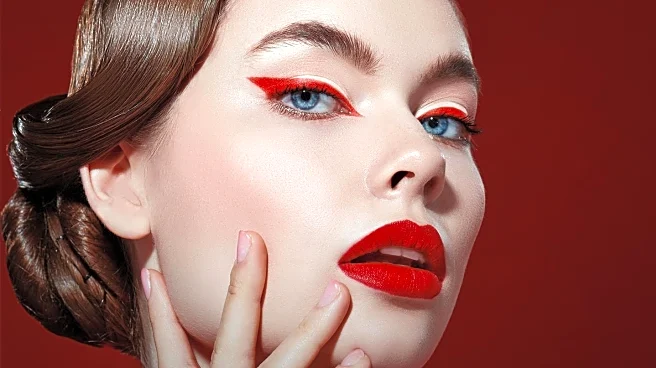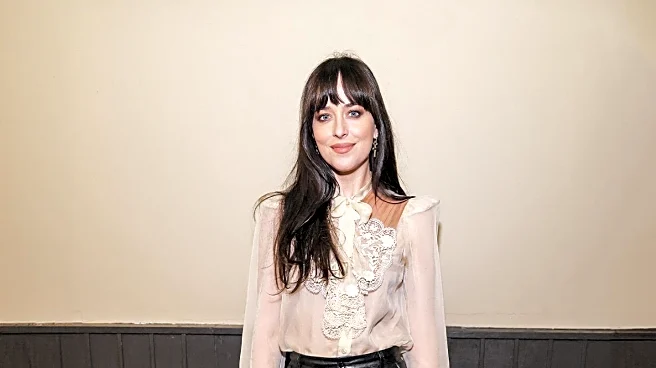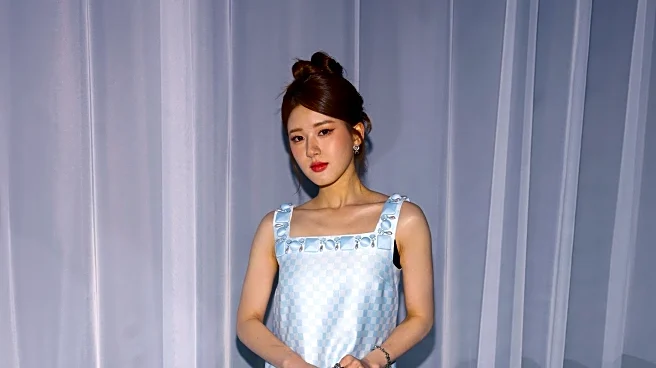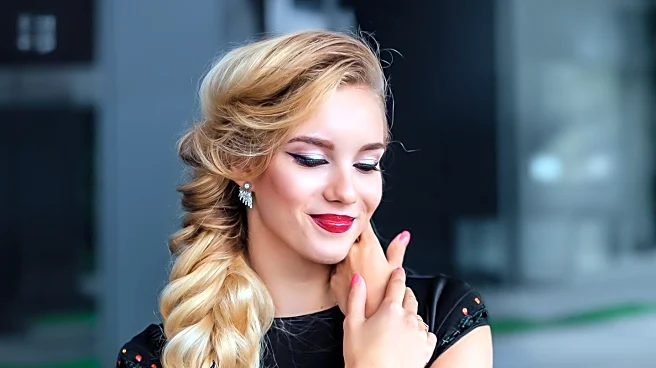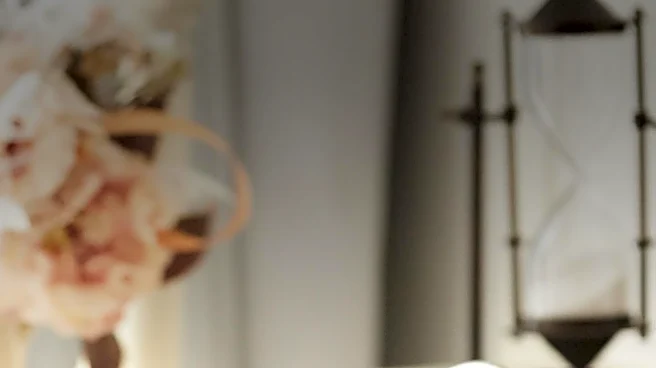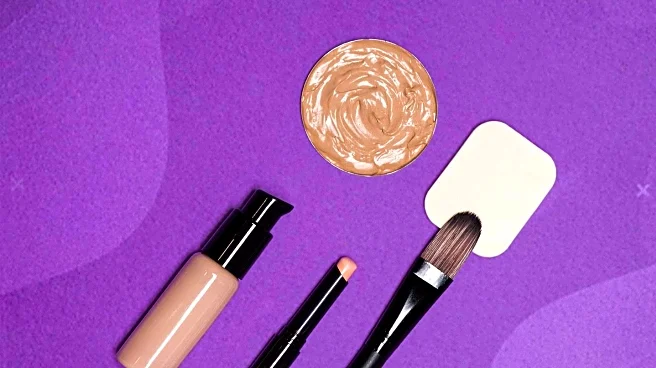What's Happening?
The 'bleph bun' trend, characterized by tightly pulled back buns and ponytails, is gaining popularity among celebrities for its ability to mimic the effects of an eyelid lift. This hairstyle, which redirects brows and eye corners, has been seen on red carpets, with stars like Ariana Grande and Anne Hathaway adopting the look. The trend is part of a broader movement towards undetectable cosmetic enhancements, moving away from dramatic makeovers. However, experts warn of potential hair damage, such as traction alopecia, from consistently tight hairstyles.
Why It's Important?
The rise of the 'bleph bun' trend reflects a shift in beauty standards towards subtle enhancements that offer cosmetic benefits without surgery. This trend could influence public perceptions of beauty and cosmetic procedures, potentially increasing demand for non-invasive techniques. The popularity of this hairstyle among celebrities may also drive consumer interest in similar beauty practices, impacting the beauty industry and related markets. However, the potential for hair damage highlights the need for awareness and education on safe beauty practices.
What's Next?
As the 'bleph bun' trend continues to gain traction, it may lead to increased interest in non-surgical beauty enhancements. Beauty brands and salons might capitalize on this trend by offering products and services that replicate the effects of the hairstyle. Additionally, there could be a rise in public discussions about the balance between beauty trends and health, particularly concerning hair care. Celebrities and influencers may play a role in shaping these conversations, influencing consumer choices and industry practices.
Beyond the Headlines
The 'bleph bun' trend underscores the cultural fascination with beauty and the lengths individuals will go to achieve desired looks. It raises ethical questions about the pressure to conform to beauty standards and the potential health risks associated with such trends. The trend also highlights the influence of celebrity culture on public perceptions of beauty, prompting discussions about authenticity and self-expression in the age of social media.

